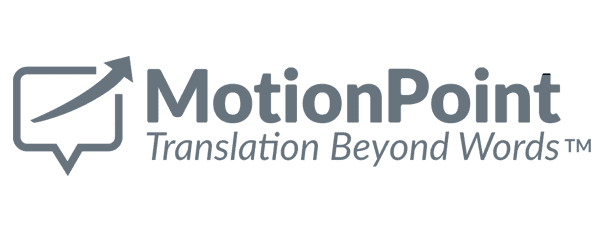




Many companies use website traffic as a key metric for measuring business success, particularly in international markets. But traffic alone doesn’t tell the full story. Depending on a business’ goals, there are more important metrics to consider. For instance:
Is your website seeing traffic from the right multilingual and global markets, but is failing to convert visitors into customers? Here are five reasons why that might be happening, and a few ways to address them.
Poor website performance is an immediate turn-offs for multilingual users. That's because many international customers use smartphones as their only Internet-connected devices.
That means speedy page-load times are crucial for global constituents. Here’s why:
If a market’s bandwidth is slower than what’s needed to effectively render your website, visitors won’t stick around. The stakes are high: Forty percent of consumers abandon a site that takes more than 3 seconds to load. Eighty percent won’t buy from the site again if they were disappointed in its performance.
What's the cure? Use design and development best practices, such as eliminating website plugins, compressing images and enabling browser caching. Keep your site's layout simple, and its navigation intuitive, too.
While helpful, the quantitative data provided by Google Analytics isn’t very good at telling you how you to improve your online CX. You need qualitative data for that sort of thing.
Collect this information through customer surveys. Reach out to your international prospects, existing customers, employees and business partners. They'll share their concerns about your offerings or content.
Creating relevant content requires a knowledge of your audience, their worldviews and needs. But did you know that—depending on where they live and the customs they practice—these nuances can vary in ways that impact your buyer’s journey?
Catering to a market’s unique cultural practices, holidays and local lingo can make the difference between losing and closing a sale.
Understanding these worldviews (and the business opportunities they bring) requires internal resources, or partnering with a vendor—such as a translation provider—that can help leverage this cultural fluency in appropriate ways.
A fast-loading, meticulously designed, content-rich website won’t generate great business results if it’s in a language customers can’t read.
English is no longer the lingua franca of the Internet, if it ever was. These days, customers in all markets expect to be engaged on their terms, in their preferred languages. Consider these common use cases that exclude multilingual customers:
The solution: Work with an technically experienced translation vendor that can localize your website, secure login areas (such as portals for customers, employees and business partners), and your omnichannel, multimedia and mobile content.
Unfortunately, not all translation vendors are created equal. Many can’t localize online content with much accuracy or efficiency. The issue isn’t one of translation—it’s a matter of technology.
Most aspects of an online CX require superior technology that can reliably parse digital experiences, extract content (in any format) for linguists to translate, and seamlessly integrate the translated content into the localized site.
When vendors fail to fully separate a website’s content from its code, an on-site “mixed language” appears, which looks like:
The most complex website components—such as single-page applications and dynamic content—present especially thorny challenges that most vendors simply can’t solve.
You need a superior solution that can handle this technical minefield … and, ideally, handles them without any effort required from you.